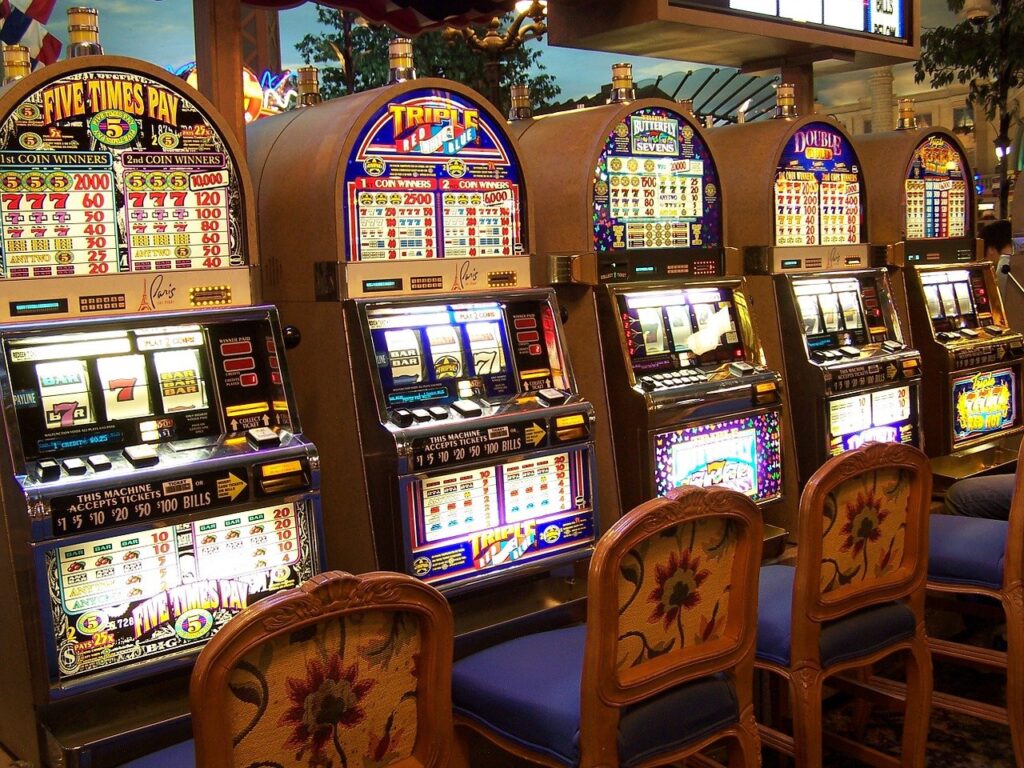The Technological Advancements Driving Online Slot Games Innovation
The journey begins with the classic 3-reel slots, characterized by their simplicity and mechanical operation. These early machines, dating back to the late 19th century, featured basic symbols such as fruits, bars, and lucky sevens. Players would pull a lever to set the reels in motion, relying on mechanical gears and springs to determine their fate. This era marked the foundation of slot gaming, establishing the fundamental concepts of reels, paylines, and payouts that persist to this day. The transition to video slots in the 1980s marked a significant leap forward, integrating electronic components and computerized systems. These slots replaced the physical reels with virtual ones displayed on screens, allowing for more complex game mechanics and bonus features. The shift towards digital technology enabled developers to innovate with themes, graphics, and sound effects, enhancing the overall player experience. Video slots also introduced interactive elements such as bonus rounds and animated sequences, transforming slot gaming into a more immersive and entertaining activity.

The advent of online casinos in the 1990s revolutionized the industry once again, bringing slot games to a global audience via the internet. Players could now access a vast array of slots from their computers, anytime and anywhere. This era saw the rise of software developers specializing in online gaming, each competing to deliver the most engaging and innovative slot titles. Advances in graphics technology allowed for richer visual designs, while networked gameplay enabled progressive jackpots that could reach life-changing sums. The evolution continued into the 21st century with the emergence of 3D slot games, leveraging state-of-the-art graphics and animation techniques. These games offer a depth and realism previously unseen in slot machines, featuring intricate designs, detailed characters, and cinematic sequences. 3D technology allows for dynamic storytelling within the gameplay itself, immersing players in elaborate narratives and interactive worlds. The visual appeal of 3D slots enhances the entertainment value, attracting a broader audience including younger players accustomed to high-quality digital experiences.
Innovative features such as cascading reels, expanding wilds, and interactive bonus games provide players with more ways to win and engage with the game and read more info in this website https://roweswharfwatertaxi.com. These features are often integrated seamlessly into the narrative, enhancing both the entertainment value and the potential for significant payouts. Moreover, advancements in mobile technology have made 3D slots accessible on smartphones and tablets, further broadening their reach and convenience. Looking ahead, the future of online slot games promises even greater innovation driven by advancing technologies such as virtual reality VR and augmented reality AR. VR slots, for example, aim to provide a fully immersive casino experience, where players can interact with a virtual environment and other players in real-time. AR, on the other hand, could overlay digital elements onto the physical world, blending the thrill of slot gaming with real-world surroundings. Each technological leap has not only enhanced the visual and interactive aspects of slots but also expanded the possibilities for gameplay and player engagement. As technology continues to advance, the future of slot gaming holds endless possibilities, promising to redefine entertainment and immersion for players around the globe.
